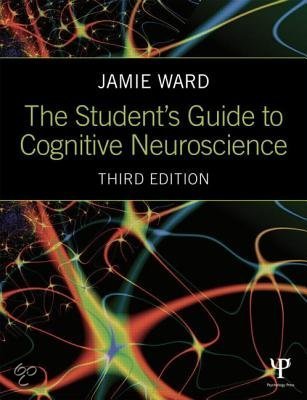Summary
Samenvatting Neuropsychology and Psychopharmacology
- Course
- Institution
- Book
This is a very complete summary with the PPT's, the handbook and the notes included in the lesson. In the summary there is a lot of use of images (which are also explained) to make the course material so clear. It is a complete document that suffice for me to study and get a good grade.
[Show more]





